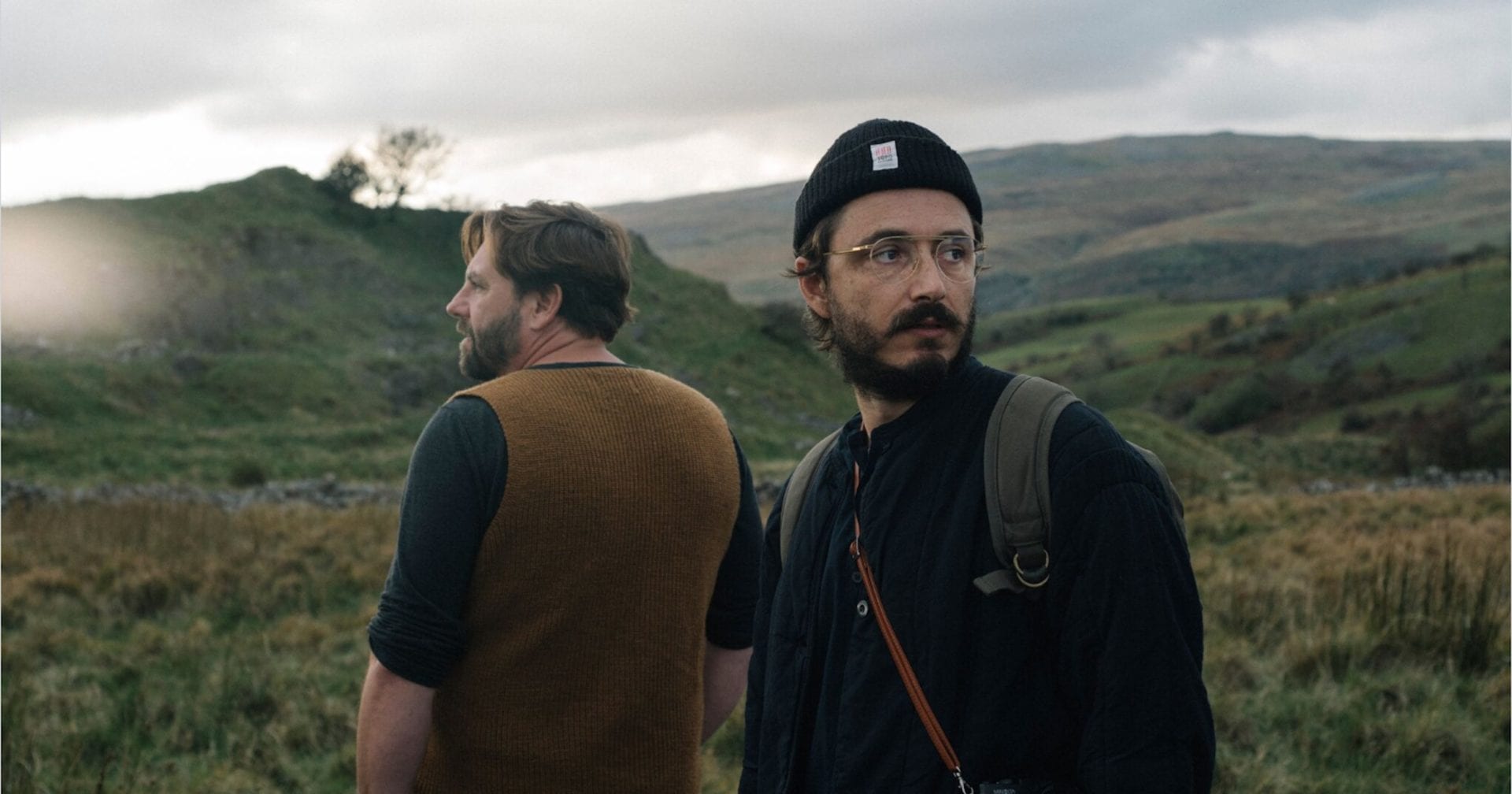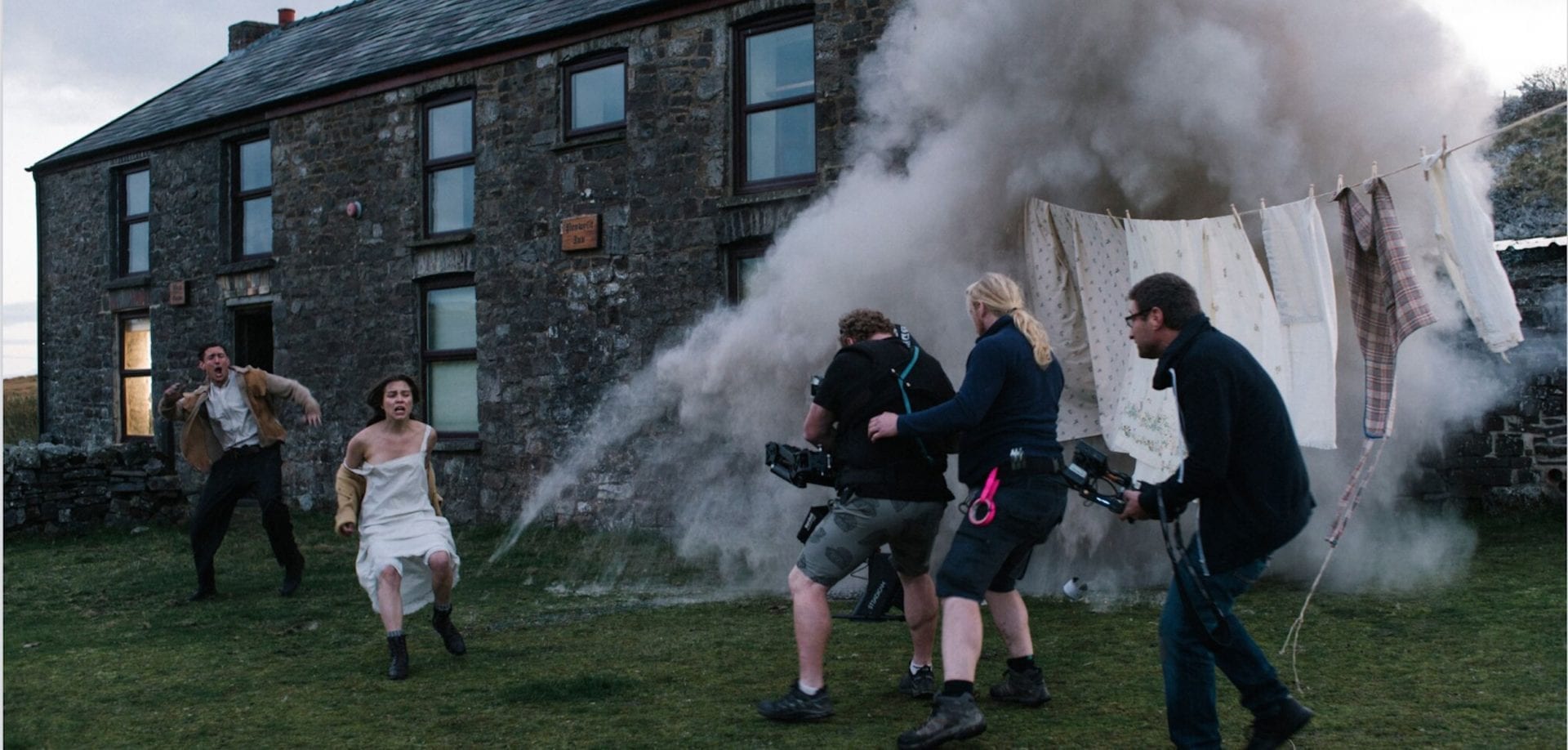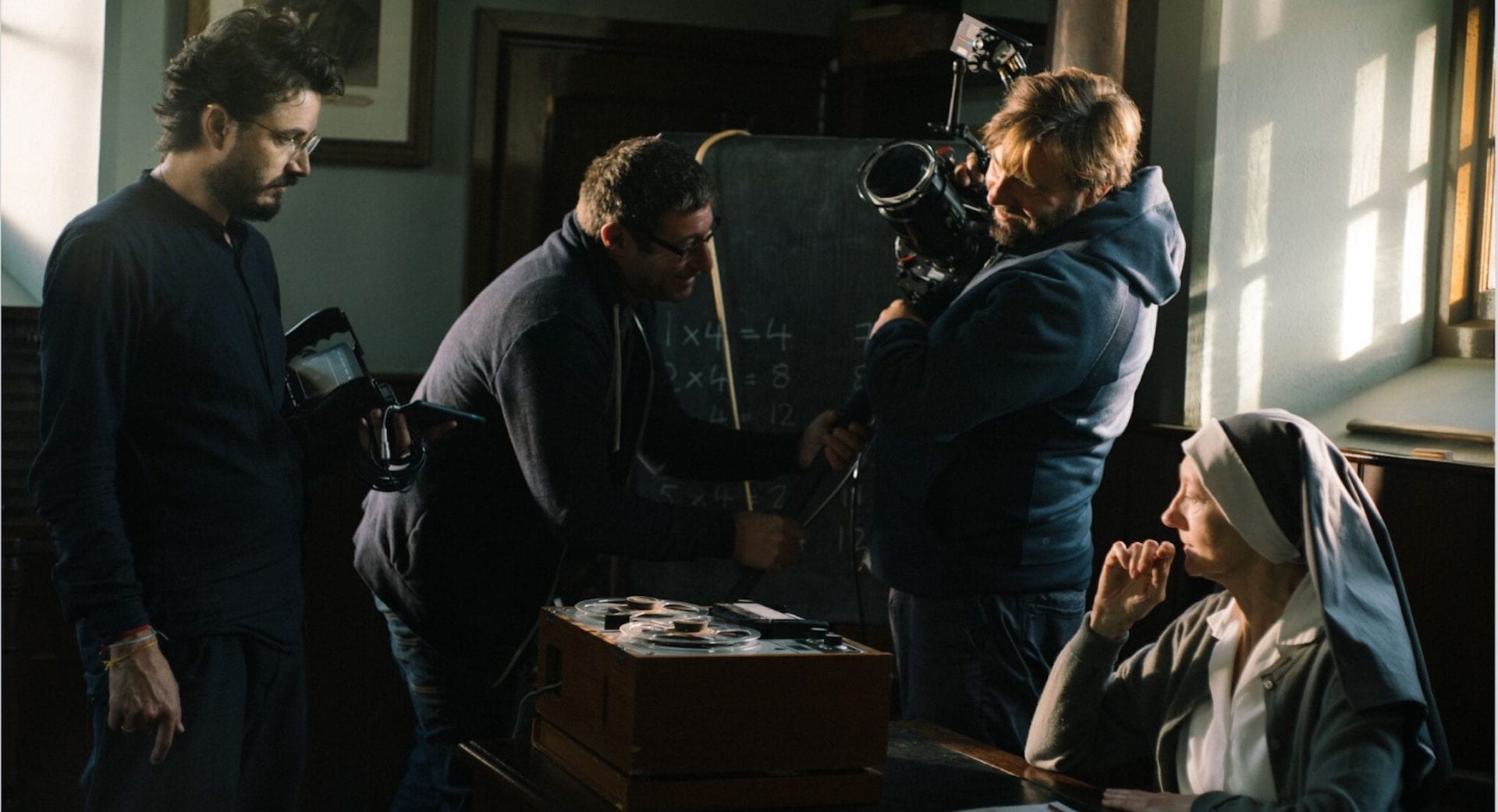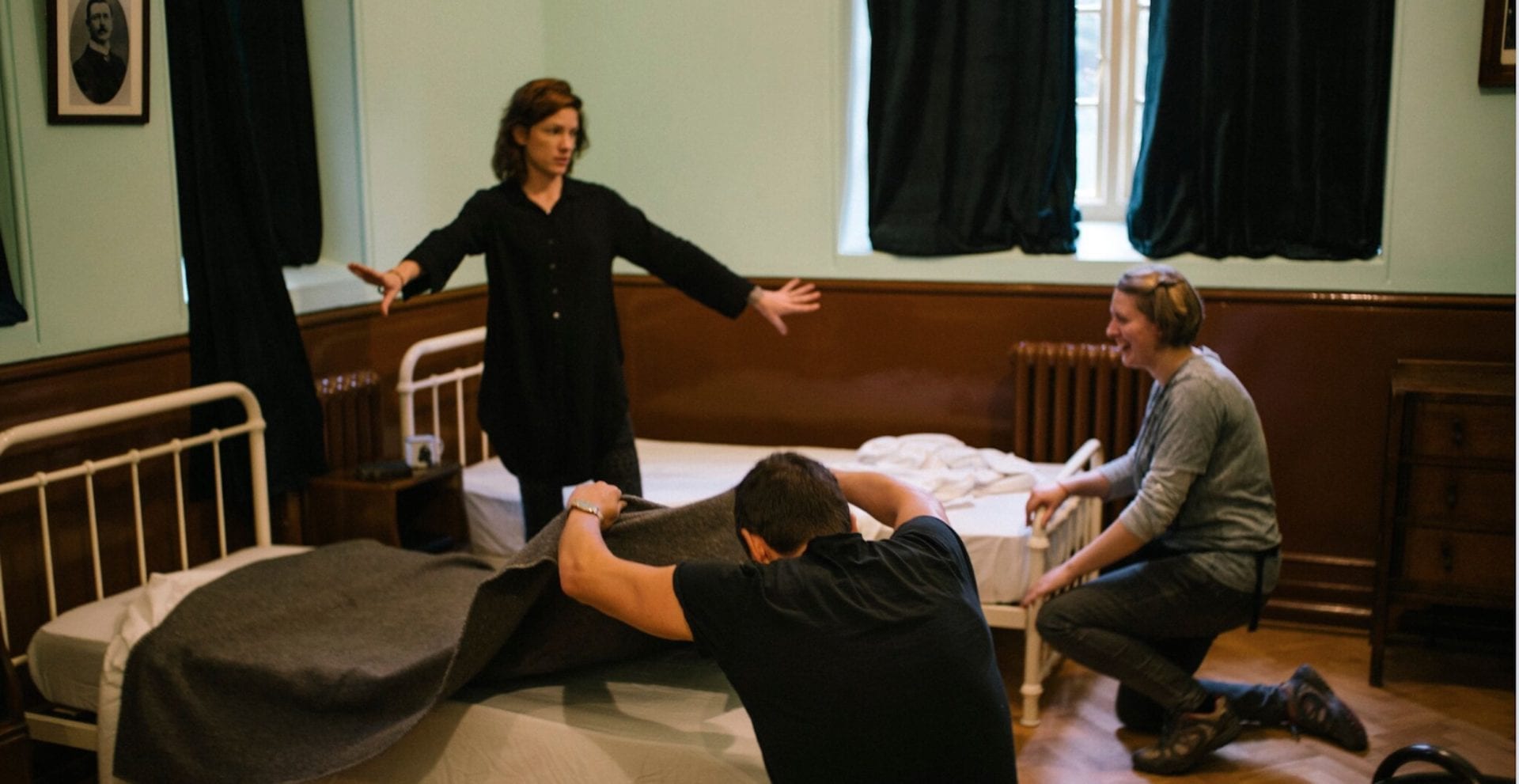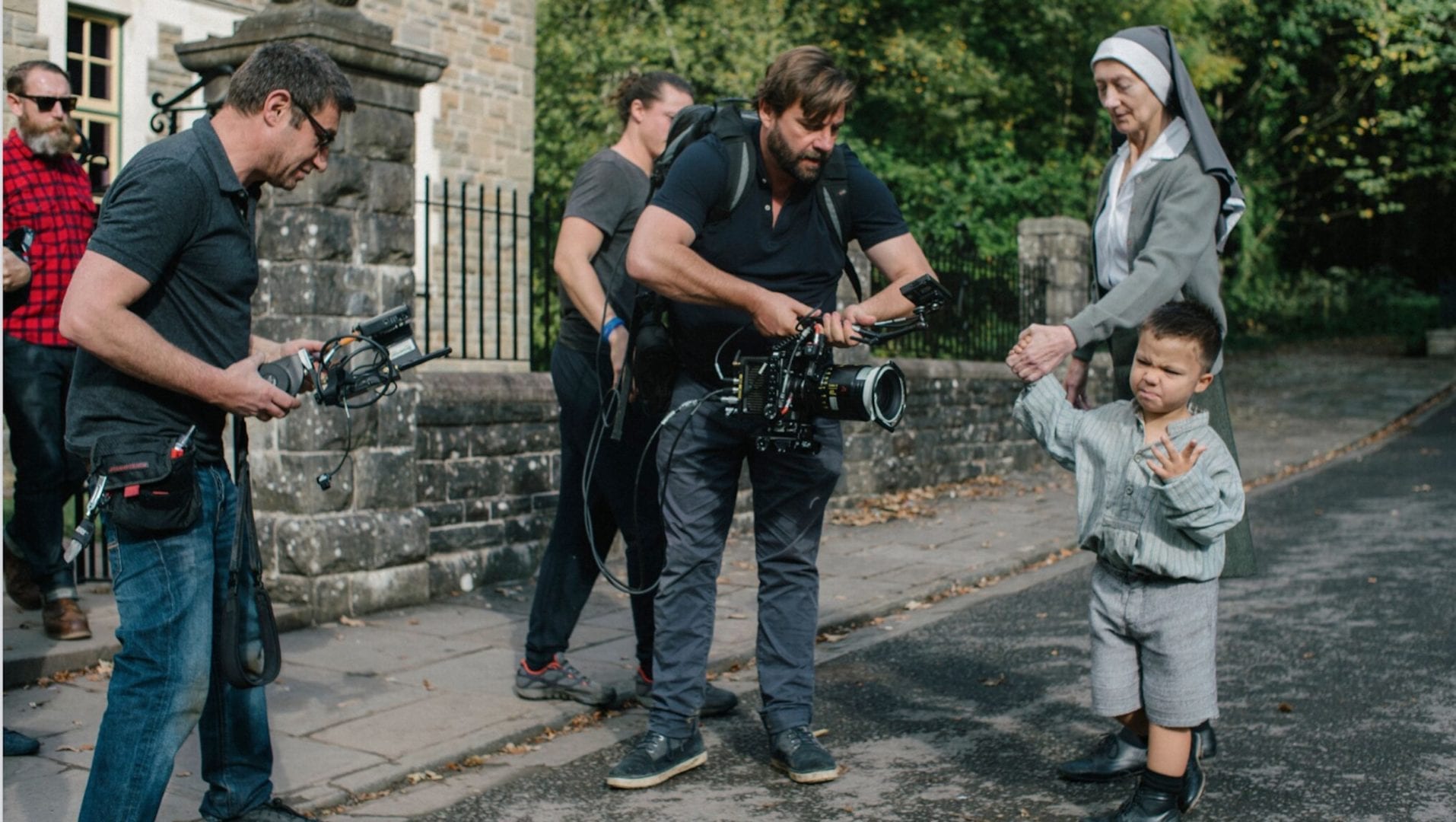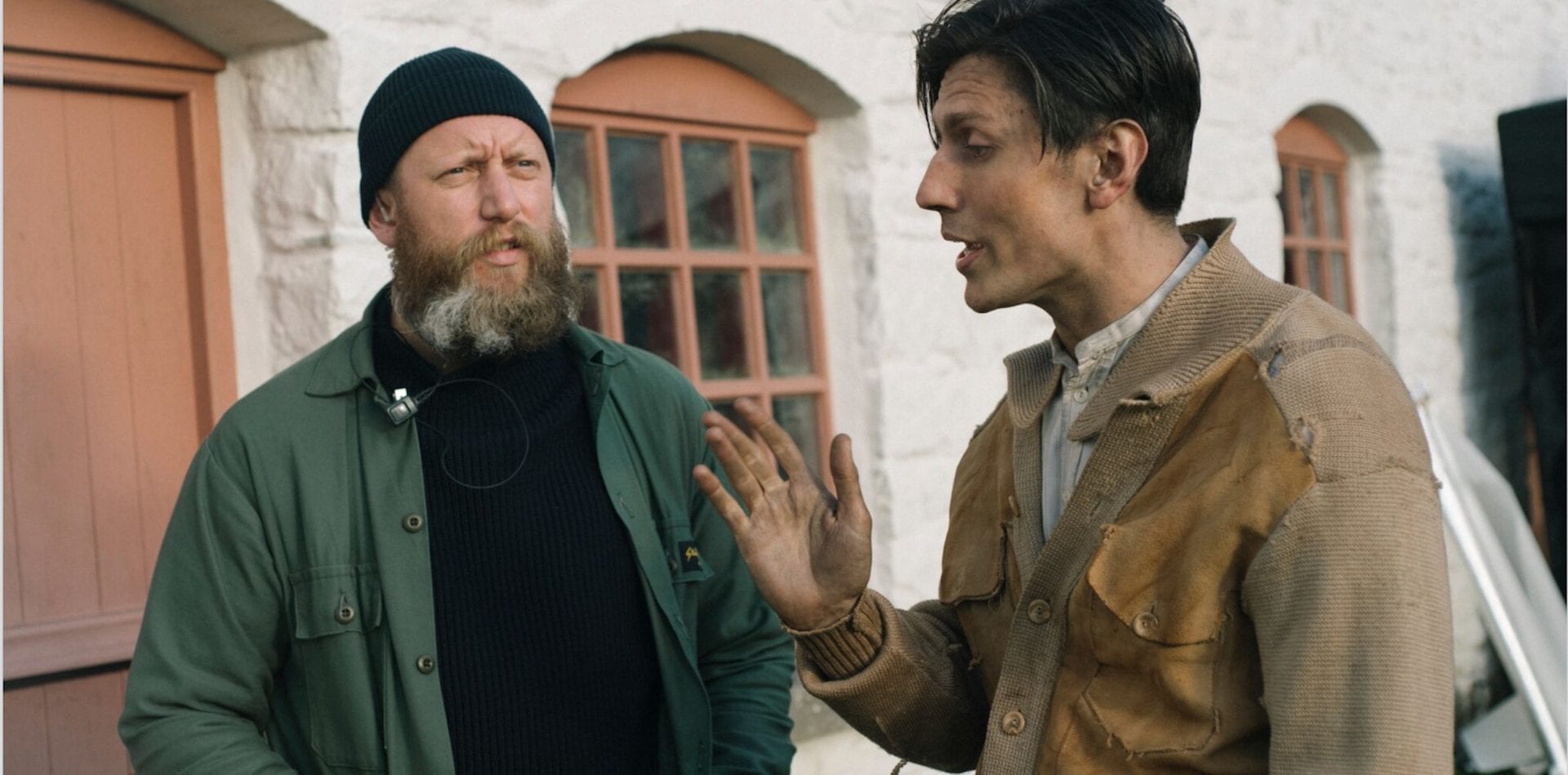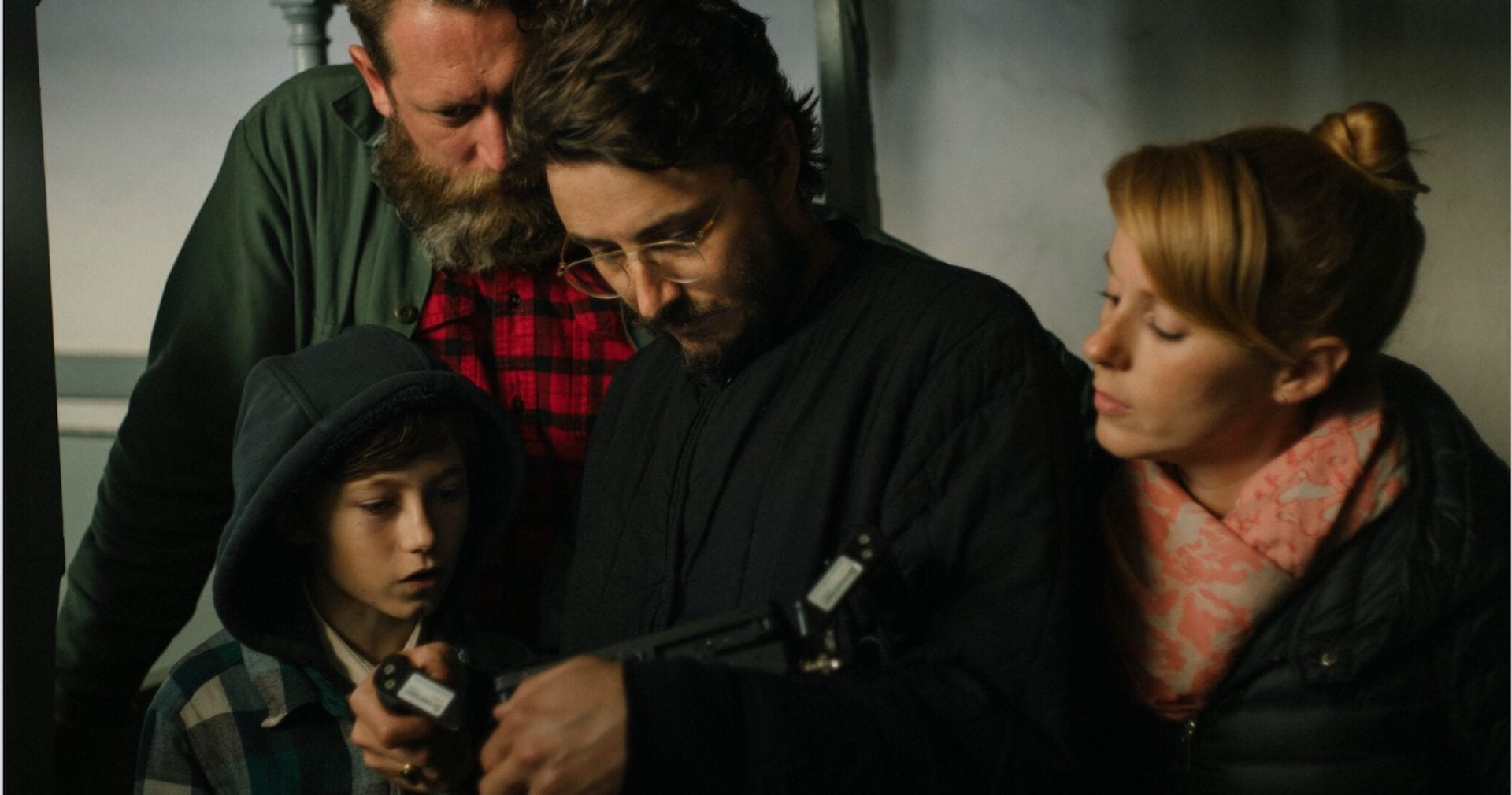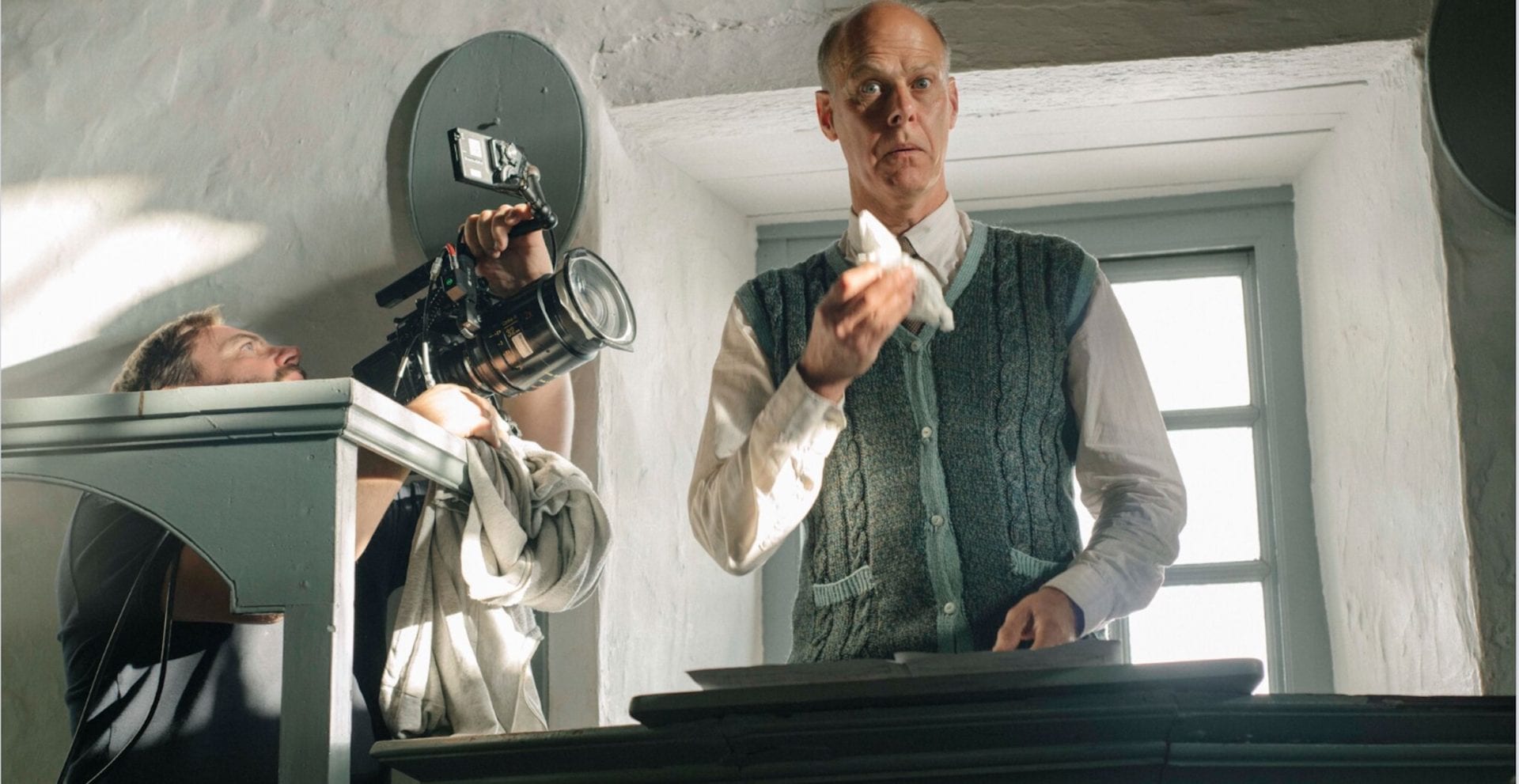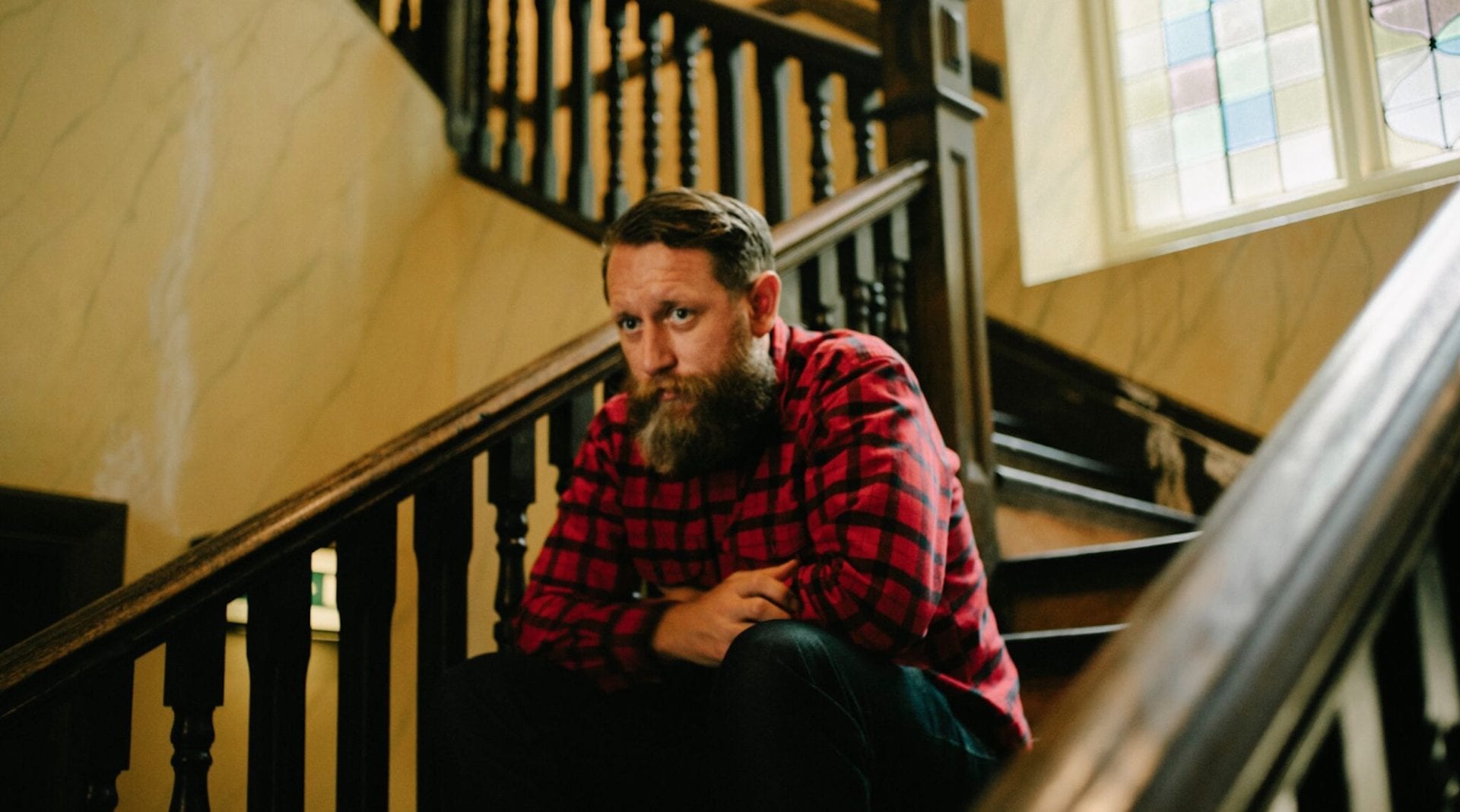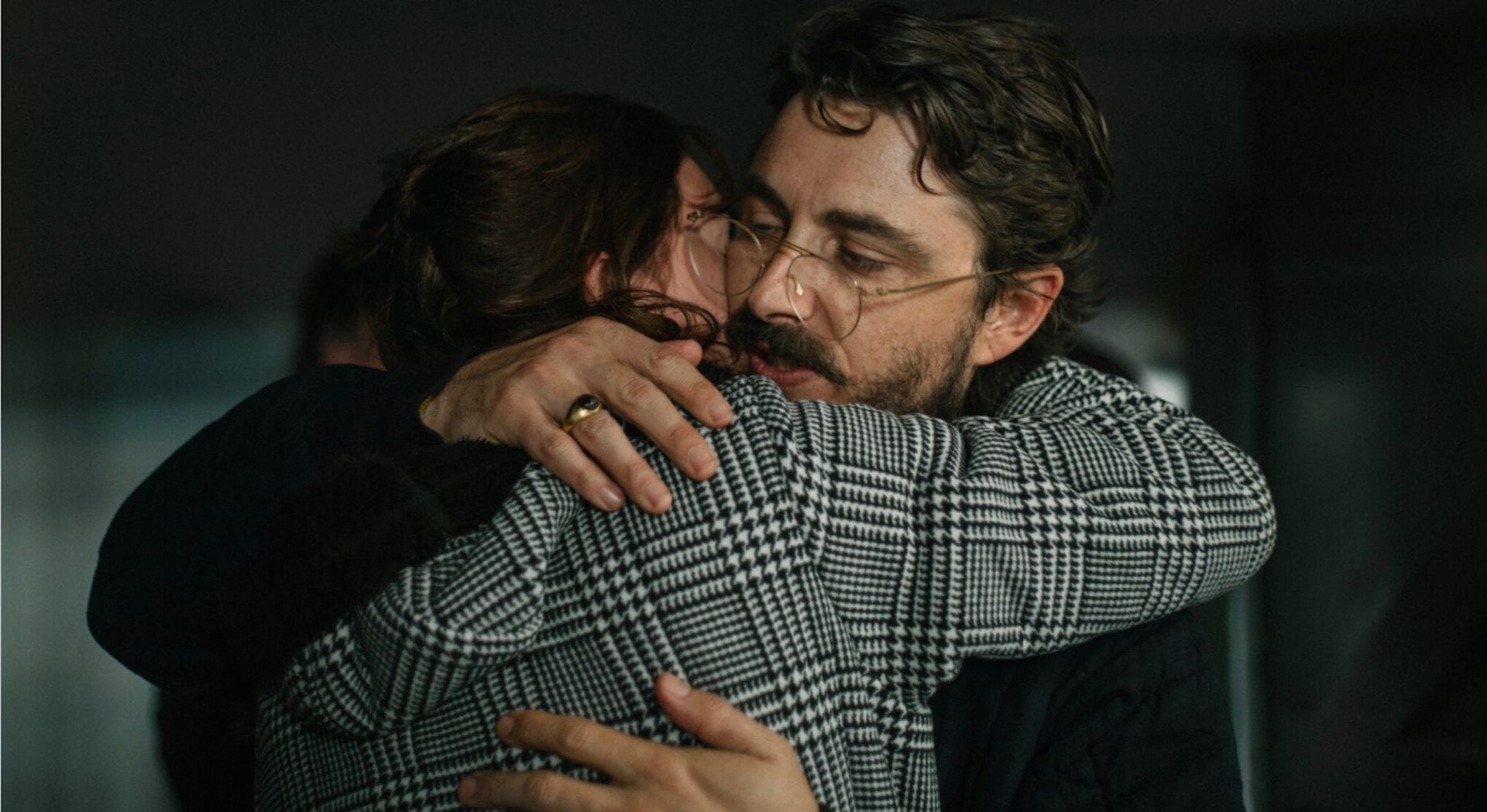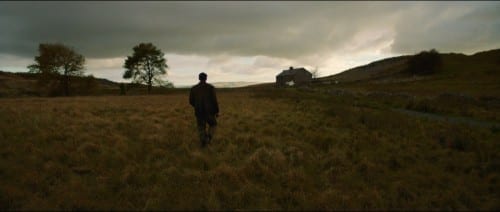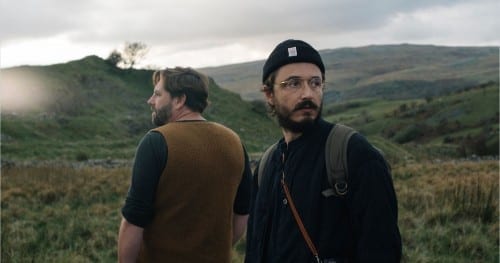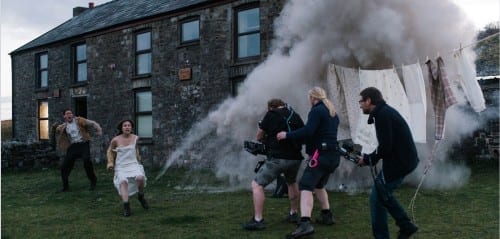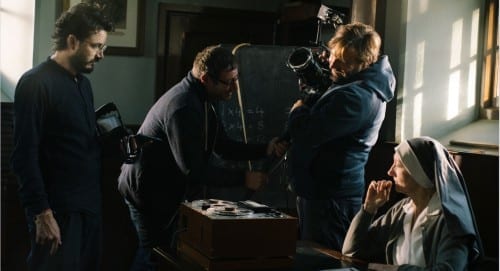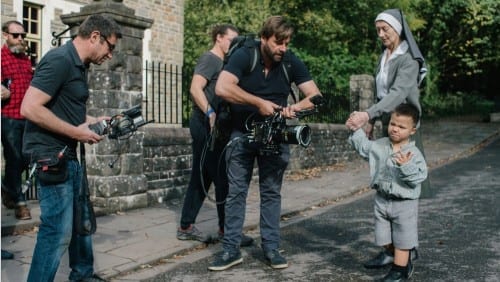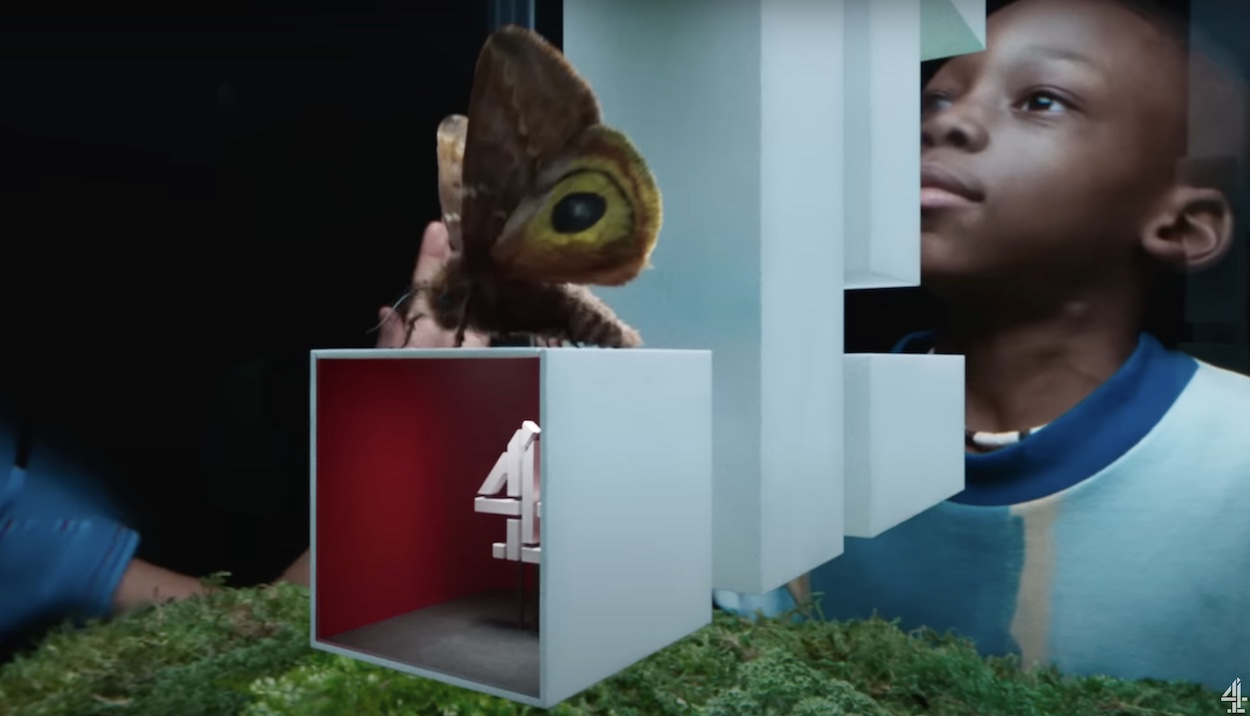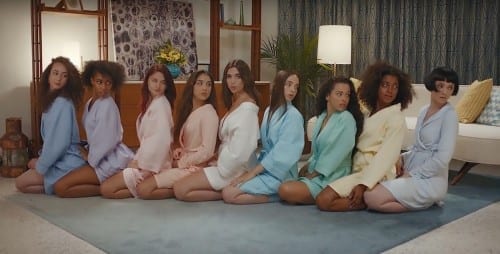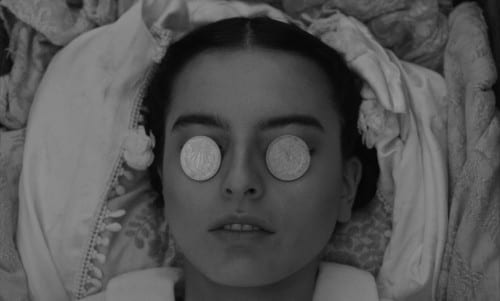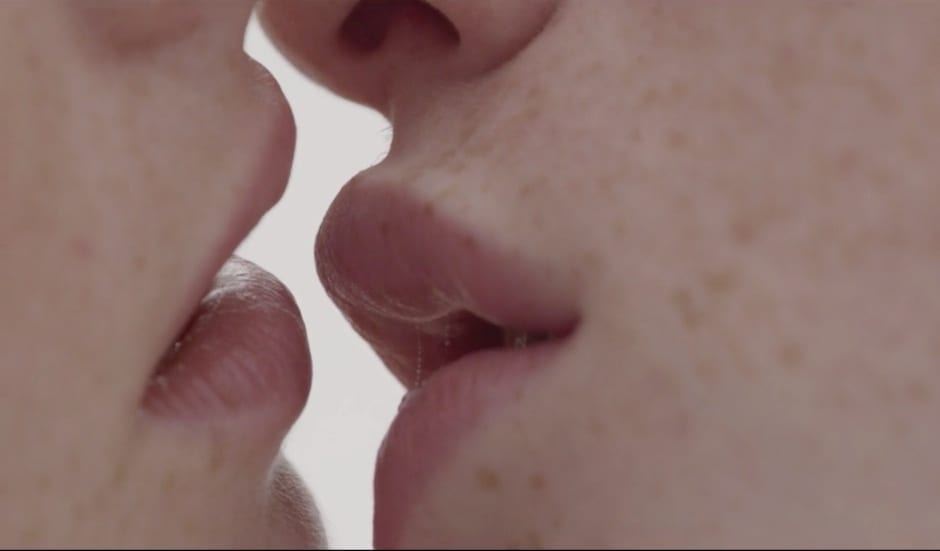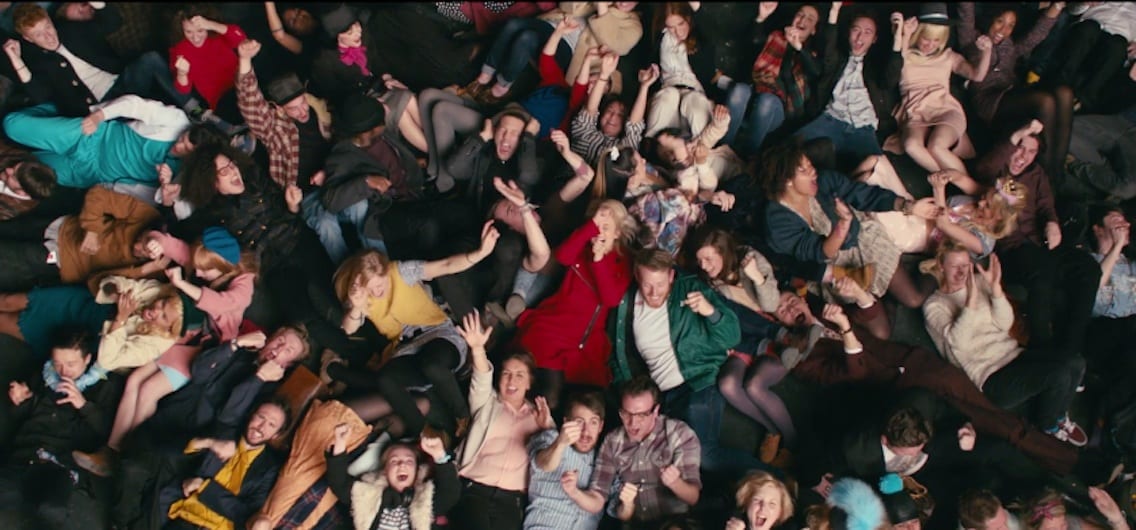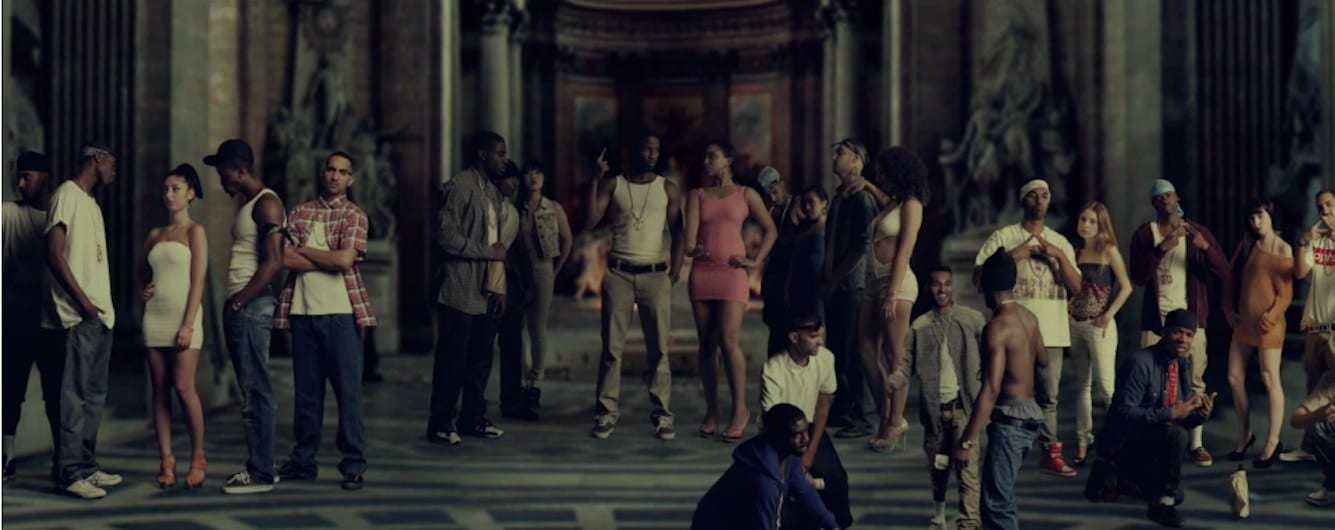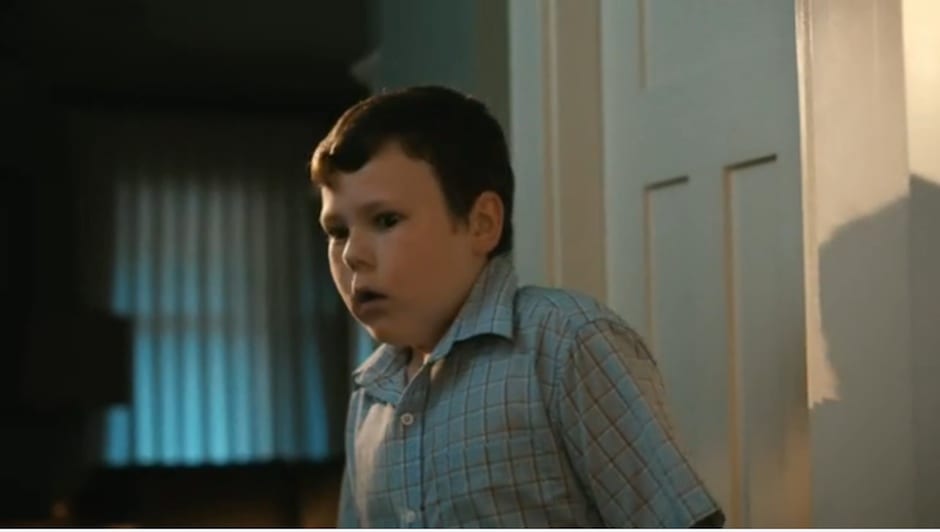Isaiah, your film is a cinematic poem and so often with poetry we need a bit of clarity on the narrative.
It’s clear Bronwen couldn’t conceive a child with her husband, but what is it that she would be preventing by having the other man’s baby? Is it to keep the bloodline going or is it to stop something much more catastrophic?
First, thank you for the compliment, I love the thought of cinematic poetry. The idea here is that the impending catastrophe is something this community believes they can prevent on a psychic level, through the birth of a child. But due to the imperfect union of conception, the magical child is unable to save the village. However, he possesses qualities that spare him from the disaster, and thus, the legacy and name of the village lives on. So in a way their prophecy was correct, just not in the way they had hoped.
How did you go about writing the narrative and treatment and what were the key references and influences you drew on while evolving the short film / music video?
In general, I have been writing about what it means to be a father ever since I became one myself. This is a thematic energy that I have been trying to speak to in my work. In essence storytelling that can visualize the destruction of personal identity that comes with being involved in the creation of another human. This is the top level concept of the film.
And then there are the more immediate influences:
The Song, Pleader — based on a Welsh mining novel (How Green Was My Valley) and photos by Bruce Davidson.
The Band, Alt-J — who wanted a supernatural love story and a wave of earth.
My mind — who hears this and thinks of a scene from Tarkovsky’s Sacrifice and the childbirth in Window Water Birth (see below).
And then this inner narrative of wanting to tell a story that speaks to the times we are in. North Korea — fear of nuclear war — the fear of our planet’s annihilation, Brexit, and the innocence that believes we can change the course of history. So while it’s a period film, it is something that feels really contemporary as well.
These are the different ingredients making up the building blocks of set, setting and characters. Then the specific script came from listening to the song, again and again, and writing what felt appropriate for each movement of music.
From here, I try and make the thing, but the thing is more an intention than a finished novel. And as I got into my prep, the story was filtered by a variety of influences. First by working with Joe (Alt-J), who was like a co-writer and though we only sat and worked together for about an hour, he helped make sure the story stayed true to the goals and was felt fully.
Then the production influences came from our production designer, locations, actors, time of year, cinematography, budget, which shaped the final narrative you see in the film.
The cinematography and grade are beautiful with the autumnal palette of browns and greens and then booom the apocalyptic eruption – was this a major job in post?
Yes, this was a very extensive post job. Less in terms of the grade, which Simone at Time Based Arts found with ease (though we did fuss to insure all the notes were hit), but the VFX was quite an achievement. Basically we didn’t think we could make this film without the right partner. And even then, with every intention to make this great, the reality is films have a long research and development period to get their final results right. And we had to deliver this video in about a month after we shot it.
Having been in this position before, I often try to draw inspiration from existing footage, and then see if we can reverse engineer a solution. On a call with Time Based Arts we discovered this incredible 4K footage of volcanic Pyroclastic Flow shot by a man in Japan. We contacted him and asked to use this footage. When he obliged, we pre-edited it, and then shot our sequence based on this.
However, once we got going, and everyone got excited, Time Based Arts took it to another level, adding all the 3D work, collapsing buildings, and a ton of other work you may not notice, like the boarding school exterior we shot was not strong enough, so we made a new school in post.
That was also an excellent call having the live footage of the birth scene… how did you manage to source that?
Thanks. As a father of two boys, I’ve always been awed by birth. And my goal is to put it in as many of my films as possible! It is so normal and yet more taboo than showing death. And while I did film one of my children’s birth, close-up, my footage was not a good match.
Actually the only footage I knew of on film is from the experimental cinema master, Stan Brakhage. His work is so sacred, I would never consider extracting any other aspect of it. However, in interviews I remembered him expressing the significance of his birth film as something worth normalizing, and when Window Water Birth came out, most nurses and medical students had never even seen a real birth.
We contacted his estate and to our surprise they obliged. From here we shot our own matching birth scene and textured the footage to cut seamlessly with the childbirth shots.
How did you go about finding your cast – in particular the boys, the older one being especially powerful?
Casting is so emotional for me — my mood becomes totally dependent on whether casting is going well. In this case, we had a great casting director Kharmal Cochran, and she found the older boy. I loved him so much. He sings like an angel too, and has a real humility that is rare in kids these days.
Then for the better known British talent, such as Sophie Cookson, there were lots of calls to managers and friends, anyone that could help us, and in the end, I believe the song really brought everyone together. Sophie was actually a huge Alt-J fan and said their music helped her get through theatre school.
Nice touch with the choir too…
Thank you — all from Wales.
Is there anything else you’d like to share?
Just appreciation. And awe. To all the folks who love art and film so much that they showed up for this.
See more Isaiah’s work here

